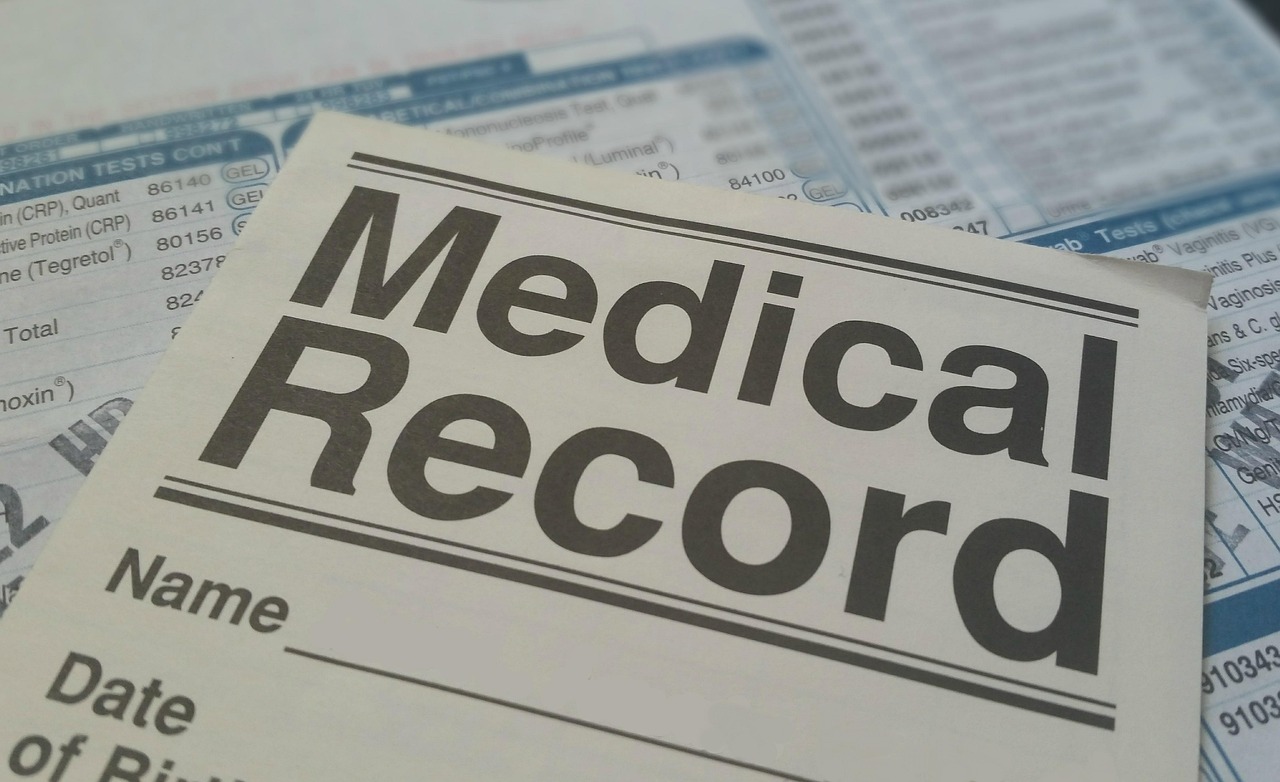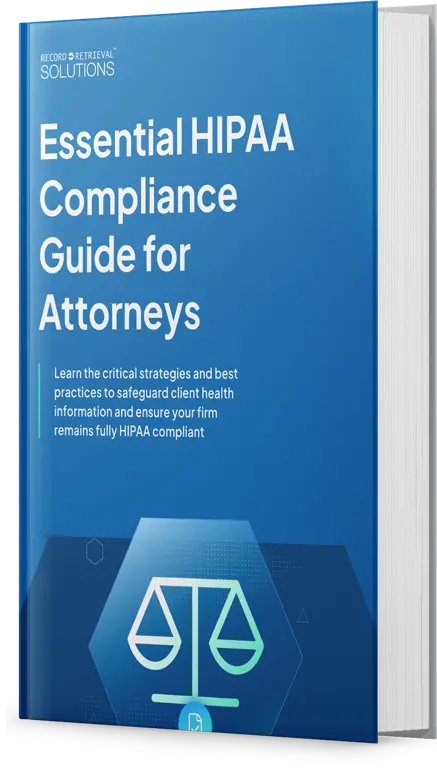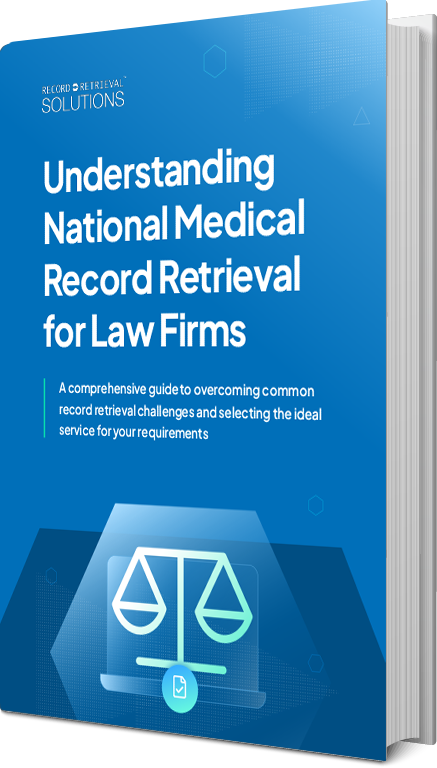Reading medical records can feel overwhelming, especially if you’re not a trained medical professional.
However, understanding medical records is a crucial skill for attorneys, insurance adjusters, case managers, and others who need to review them for claims, legal cases, or clinical assessments.
This guide breaks down the process step by step, helping you navigate and interpret medical records with confidence.
Why Understanding Medical Records Matters
Medical records are the backbone of any medical case. They provide a comprehensive record of a patient’s health history, treatments, diagnoses, and outcomes.
Whether you’re assessing a personal injury claim, verifying insurance coverage, or preparing for a trial, understanding how to read medical records efficiently ensures that you don’t miss vital details.
Step 1: Know the Structure of Medical Records
Before diving into the details, familiarize yourself with the basic structure of a typical medical record. Most medical records are organized in a consistent format, which can include:
- Face Sheet: Basic demographic and administrative details, including the patient’s name, date of birth, and admission date.
- History and Physical (H&P): The patient’s medical history, including past illnesses, surgeries, family history, and current symptoms.
- Progress Notes: Daily or periodic updates from physicians, nurses, and other healthcare providers on the patient’s condition and treatment plan.
- Consultation Reports: Opinions and findings from specialists who assessed the patient.
- Lab Reports and Imaging Studies: Test results, including blood work, X-rays, MRIs, and CT scans.
- Operative Reports: Detailed accounts of any surgical procedures.
- Discharge Summary: Summary of the patient’s hospital stay, including final diagnosis, treatments, and follow-up instructions.
Understanding this structure helps you locate critical information quickly and efficiently.
Step 2: Start with the Summary Documents
A good strategy is to begin with the discharge summary or history and physical. These sections provide a snapshot of the patient’s condition and the significant events that occurred during the medical encounter. This bird’s-eye view allows you to grasp the overall narrative before diving into the details.
For example, the discharge summary often includes:
- Primary diagnosis
- Secondary diagnoses
- Key treatments administered
- Recommended follow-up care
This context helps you prioritize which parts of the record to analyze in depth.
Step 3: Read Chronologically
Reading medical records chronologically—starting from the first visit or admission—gives you a timeline of events. This approach helps identify how the patient’s condition progressed and how treatment plans evolved.
- Look for changes in condition: Did symptoms worsen or improve?
- Track medication changes: What medications were prescribed, adjusted, or stopped?
- Note specialist referrals: Which specialists were consulted, and what were their findings?
Chronological reading helps spot trends, inconsistencies, or patterns that may be relevant to your case.
Step 4: Pay Attention to Key Medical Terms and Abbreviations
Medical records are often filled with abbreviations and specialized terminology. While some are straightforward, others can be confusing. Common examples include:
- BP: Blood Pressure
- HR: Heart Rate
- SOB: Shortness of Breath
- c/o: Complains of
Use a reliable medical dictionary or online resource to clarify unfamiliar terms. Accurate interpretation is crucial to prevent misunderstandings that could impact your assessment.
Step 5: Look for Red Flags
When reading medical records, watch for:
- Inconsistencies: Conflicting diagnoses or test results.
- Gaps in documentation: Missing progress notes or test results.
- Incomplete records: Missing pages or sections that might affect your review.
Flagging these issues early can help you request clarifications or additional information if needed.
Step 6: Summarize and Index Key Points
After reviewing the entire record, summarize the key points relevant to your purpose. Create an index that includes:
- Timeline of key events
- Major diagnoses
- Treatments and outcomes
- Specialist findings
This summary not only saves time in the future but also ensures you can easily reference essential details when needed.
Conclusion
Understanding how to read medical records is an essential skill for professionals involved in claims, legal cases, or healthcare management.
By familiarizing yourself with the structure of medical records, starting with summary documents, reading them chronologically, clarifying medical terminology, and identifying key indicators, you can interpret medical records more efficiently and accurately.
If you find this process challenging or time-consuming, consider partnering with a professional medical record retrieval and review service.
At Record Retrieval Solutions, we specialize in providing fast, reliable, and comprehensive medical record services that help you focus on what you do best.
Why is it essential to read medical records carefully?
It ensures that you understand the patient’s history and treatments, which is crucial for accurate legal or insurance assessments.
How can I understand medical abbreviations and terminology?
Use a medical dictionary or reputable online resources to clarify terms and abbreviations.
What should I look for in medical records for a legal case?
Focus on the timeline of events, consistent diagnoses, treatments, and any missing or conflicting information.
Can a record retrieval service help?
Yes, they can retrieve, organize, and summarize records, making your review process faster and easier.






